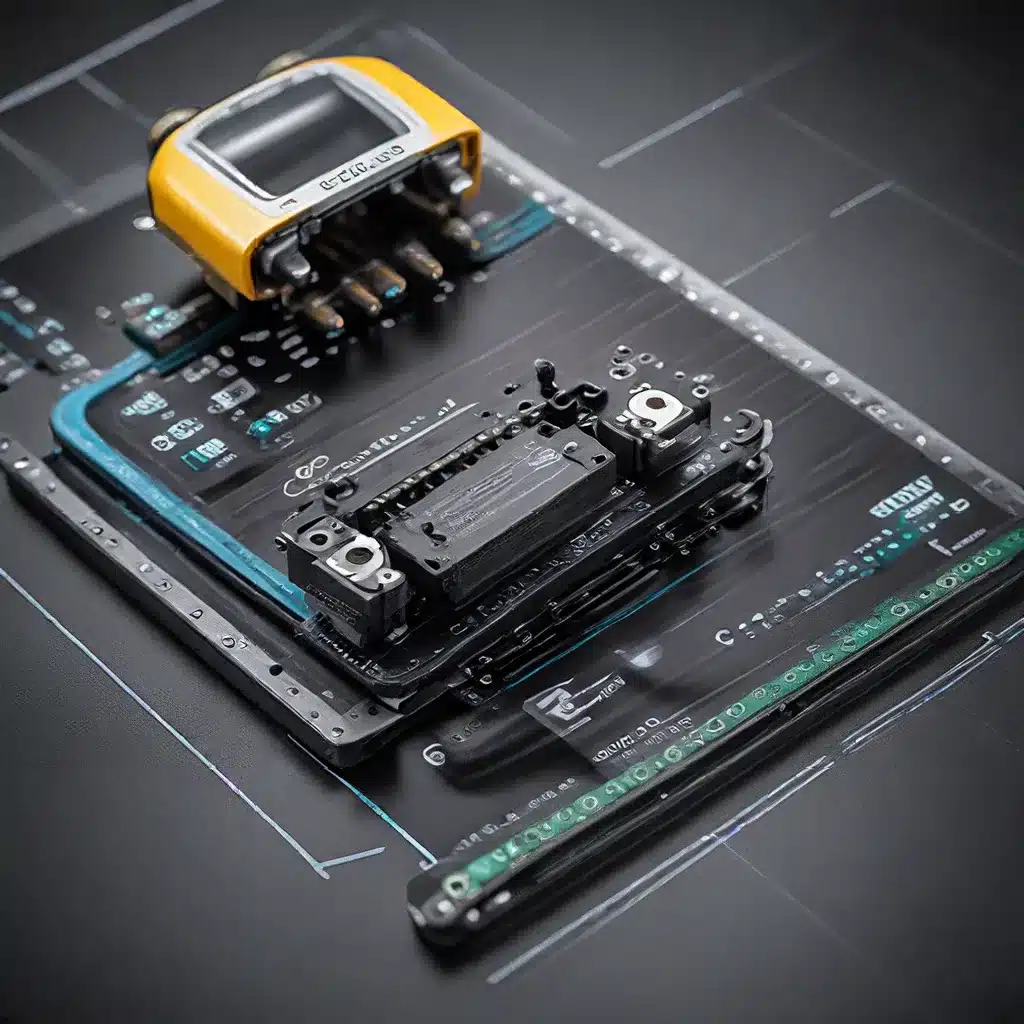
Navigating the Challenges of Deep-Sea Sensor Networks
Sensor networks and Internet of Things (IoT) technologies have revolutionized the way we gather, analyze, and utilize data across a wide range of industries, from environmental monitoring to smart cities. However, as these systems venture into the harsh depths of the deep sea, they face a unique set of challenges that demand innovative solutions to ensure the reliability and quality of the collected data.
One of the primary obstacles in deep-sea sensor networks is the limited access to external calibration references and the inability to perform regular maintenance on the deployed sensors. Sensors operating in these remote and high-pressure environments are subject to various environmental factors, such as corrosion, sensor drift, and biofouling, which can compromise the accuracy and stability of their measurements over time.
To address these challenges, researchers and engineers have been exploring advanced techniques for sensor self-validation and drift compensation. By leveraging the capabilities of smart sensors and autonomous sensor networks, they are developing innovative approaches to maintain data quality and ensure the reliability of deep-sea observations.
Recent research has highlighted the importance of automated real-time quality control and self-diagnostic capabilities for sensors operating in remote and harsh environments. By incorporating these features, deep-sea sensor networks can detect and mitigate potential issues, such as sensor failures, measurement errors, and environmental disturbances, before they compromise the overall data quality.
Factors Affecting Deep-Sea Sensor Performance
The harsh conditions of the deep sea pose a unique set of challenges for sensor performance, and understanding these factors is crucial for designing effective sensor calibration and drift compensation strategies.
Environmental Cross-Sensitivity: Sensors in deep-sea environments are not only sensitive to the parameter they are designed to measure but also affected by other environmental factors, such as pressure, temperature, and salinity. Properly accounting for these cross-sensitivities is essential for maintaining accurate measurements.
Sensor Drift and Degradation: Over extended periods of deployment, sensors can experience gradual drifts in their measurements due to sensor element degradation, electronic component malfunctions, and other long-term effects. Detecting and compensating for these drifts is crucial for ensuring the reliability of long-term data.
Biofouling: While less prevalent in the deep sea than in shallower waters, biofouling can still occur on sensors, particularly on those deployed for extended periods. This biofouling can affect the sensor’s measurement performance by altering the local environment around the sensing element.
Power and Communication Limitations: Deep-sea sensor networks face severe constraints in terms of power consumption and data communication, as they often rely on limited battery capacity and low-bandwidth acoustic links. Designing energy-efficient and communication-optimized strategies for sensor operation and data transmission is essential for the longevity and reliability of these systems.
Adaptive Sensor Calibration and Drift Compensation Strategies
To overcome the challenges posed by the deep-sea environment, researchers have developed innovative strategies for sensor calibration, drift compensation, and self-validation.
Automated Real-Time Quality Control: Established guidelines and best practices in the oceanographic community recommend a suite of automated real-time quality control tests, such as range checks, spike detection, and rate of change analysis. These tests can help identify and flag suspicious or erroneous measurements in near-real-time, allowing for prompt corrective actions or data filtering.
Exploiting Correlations between Measurements: By leveraging the relationships between different parameters measured by the same sensor or across a network of sensors, it is possible to detect anomalies and compensate for sensor drift. This multivariate approach can be particularly useful in deep-sea environments where access to external calibration references is limited.
Sensor Redundancy and Comparison: Deploying redundant sensors with different measurement principles can enable cross-validation and fault detection within the sensor network. By comparing measurements from multiple sensors, the system can identify and flag potential issues, such as sensor failures or systematic drifts.
Adaptive Sampling and Data Transmission: To optimize the energy efficiency and communication capabilities of deep-sea sensor networks, researchers have explored adaptive sampling and intelligent data transmission strategies. These approaches allow the sensors to adjust their measurement frequency and selectively transmit processed data, reducing the overall power consumption and bandwidth requirements.
Towards Autonomous and Reliable Deep-Sea Monitoring
As sensor networks and IoT technologies continue to push the boundaries of environmental monitoring, the deep sea presents both challenges and opportunities. By developing adaptive sensor calibration and drift compensation techniques, researchers and engineers are paving the way for autonomous and reliable deep-sea monitoring systems.
These advancements not only improve the quality and trustworthiness of the collected data but also enhance the long-term sustainability of deep-sea observation efforts. By reducing the need for manual intervention and increasing the resilience of sensor networks, these innovations can significantly contribute to our understanding of the deep-sea ecosystem and support informed decision-making in various marine-related industries and environmental management initiatives.
Sensor networks and IoT technologies are revolutionizing the way we interact with and monitor the natural world, and the deep sea is no exception. By addressing the unique challenges of this harsh environment, researchers are unlocking the full potential of these technologies to provide reliable, high-quality data that can drive sustainable and informed management of our precious marine resources.